When you are bringing your kids to daycare for the first time, many parents have all kinds of questions. Is it normal for my child to cry? What do they do during the day? What do the teachers do while the kids are napping?
These are all great questions, and while we could give you the same responses that you could get anywhere else, we asked our teachers to give you honest answers to your biggest questions!
Why Working With Children is a Great Opportunity
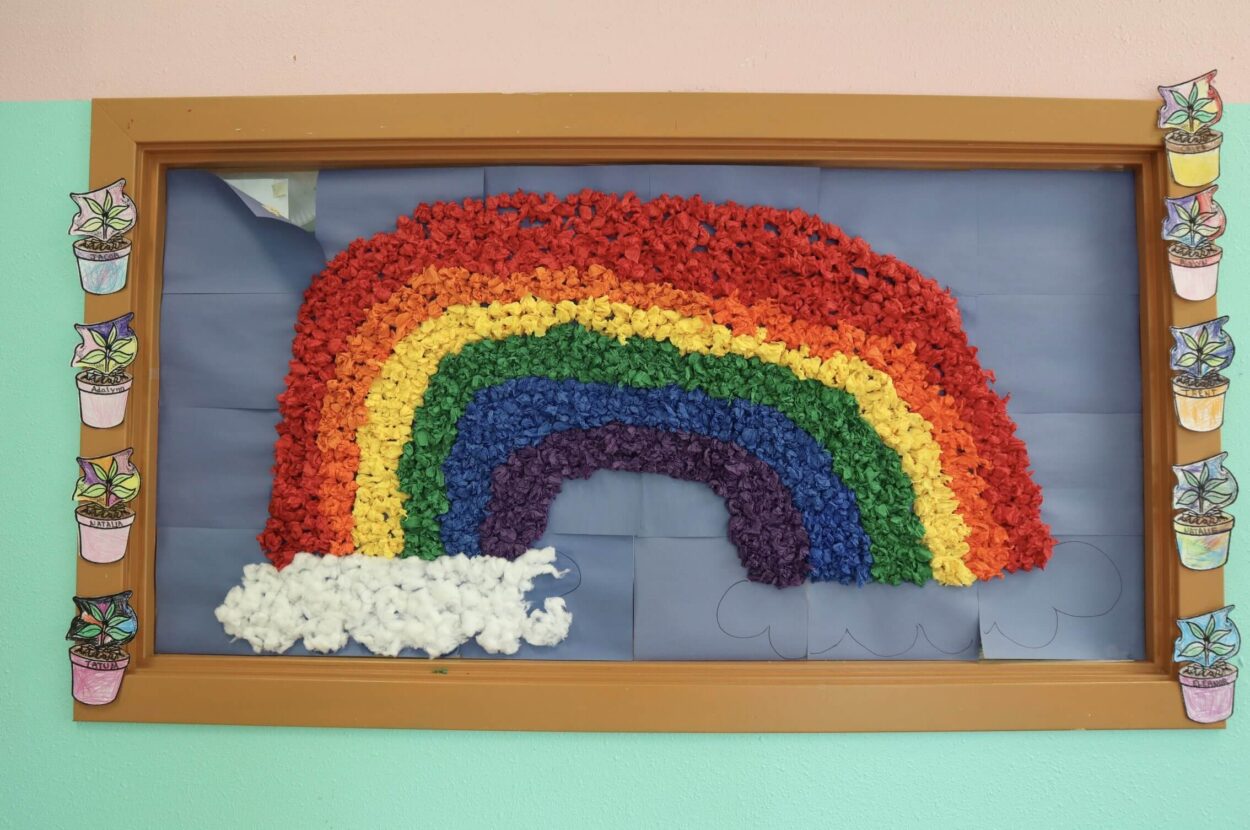
Before diving into the specifics of what is done day-to-day at preschool, working with children (especially in a preschool setting) is an extraordinary opportunity that offers immeasurable rewards. Every day presents a chance to make a lasting impact on young minds, nurturing their curiosity, creativity, and love for learning.
Preschool educators have the privilege of witnessing the magic of a child’s first steps toward independence and knowledge, helping them develop essential social, emotional, and cognitive skills. It’s a journey filled with laughter, wonder, and endless possibilities as you guide these little learners on their path of discovery. The opportunity to be a part of a child’s early years is not only fulfilling but also a responsibility that shapes the future, making it a meaningful profession.
About Children Crying and Being Upset

Most kids do well at drop-off but for those that do have some trouble, we ask parents to make drop-off short and sweet. The longer a parent lingers, the worse the drop-offs get. We assure parents that all kids will be fine as they usually end up finding an activity to do and get on with the day.
It is normal for children to cry or be upset at school from time to time. It is the job of the teacher to console the child and help them feel comfortable. I will note it is not always easy to give each child undivided attention when you have a class of 10 three-year-old children with only one teacher.
Check out our blog about how to teach children about managing their emotions or how to deal with toddler tantrums.
About What We Do During the Day

Beginning of the day
We have to prepare our rooms each morning prior to the children’s arrival. Toys are put out and activities are placed on tables. Teachers are constantly moving in their rooms, cleaning up after kids, reminding them to make good choices, and getting the next activity planned. We, teachers, spend our downtime during nap time to prepare for the next day’s activities/lessons.
This is our only downtime for the day and oftentimes it may last only an hour if a child wakes up and needs attention. Our baby room teachers never get downtime unless ALL eight babies are sleeping, which rarely happens. They are busy feeding, changing, and interacting with kids throughout the day, all while cleaning and sanitizing.
Snack/ lunchtime
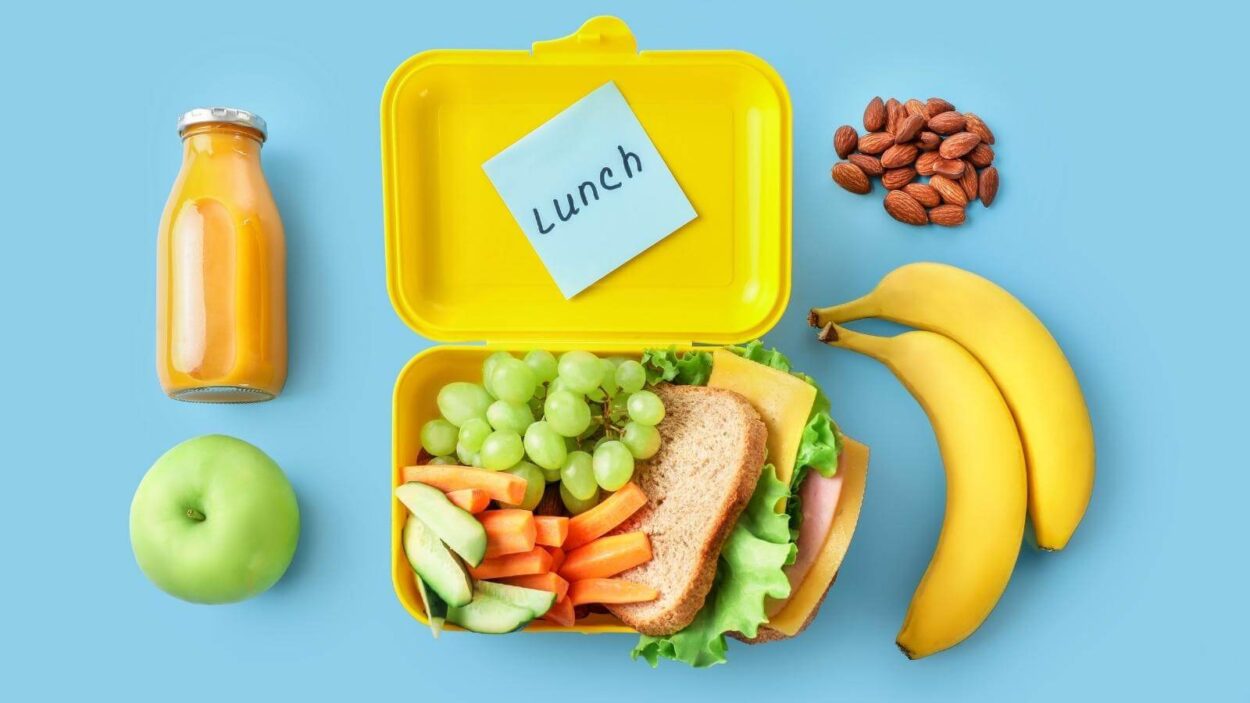
Snacktime and lunchtime are very busy times for us during the day. We have to sanitize all tables before meals and make sure all kids’ hands are washed. We then have to lay out all lunches for kids and warm up food. We ask parents to bring easy warm-ups that are not too time-consuming.
During this time we are passing out drinks, paying attention to allergy lists, and encouraging kids to eat their food. We are wiping up drink spills, opening food items, and trying to keep kids in their seats.
Naptime
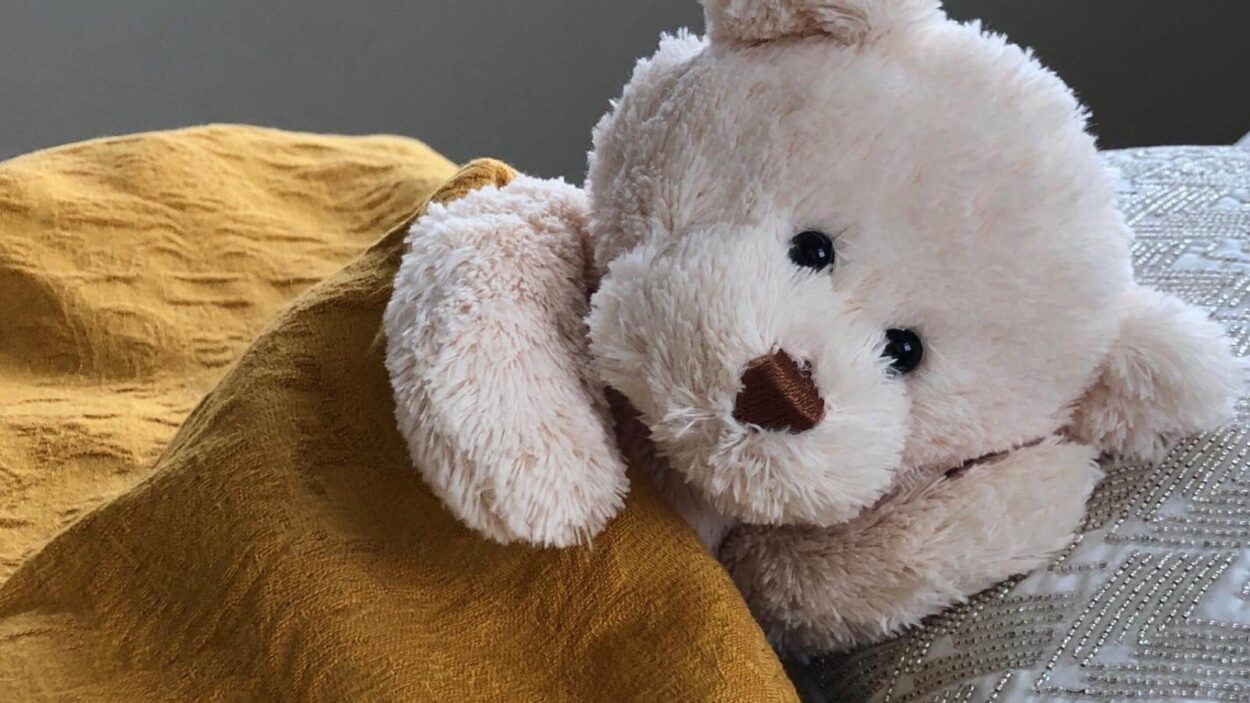
Cleaning up from lunch and then transitioning into nap time right after is also very busy. While we are assisting children in throwing away items, washing hands, using the bathroom, and cleaning up tables, we are setting out sleeping cots, helping children prepare their nap beds, and getting the classroom in order before kids go down for a nap. But it doesn’t stop there. We are also assisting with nap time such as patting kids’ backs to help them fall asleep or just sitting by them to get them settled.
This time of day is especially busy for children 2 and younger. They are moving around the room and do not have enough independent skills to assist with preparations for this time of day. We usually have management and extra staff assist in the younger classrooms during this time of day. Older children are able to do some of these tasks on their own to make the nap time transition a bit smoother.
Playtime

Outside time is broken up by age group. Each age gets 45 minutes of outside time in the am/pm. We are responsible for supervising the children in their class outside. While outside, teachers are wiping runny noses, playing referee, and trying to move around the playground to entertain and look out for children.
Preparing for outside time gets very busy during the winter months. One teacher who can have 8 three-year-olds at one time may have to get ALL the children’s coats on, as well as hats and gloves, all while trying to keep them distracted so they don’t get antsy. This is an area where items can get misplaced. Once children come back inside, they rip off their outside attire and throw it on the floor by their cubbies quicker than ever. We try our best to be organized and try to remember who’s gloves are who’s and which cubbies they belong to.
After pick-up
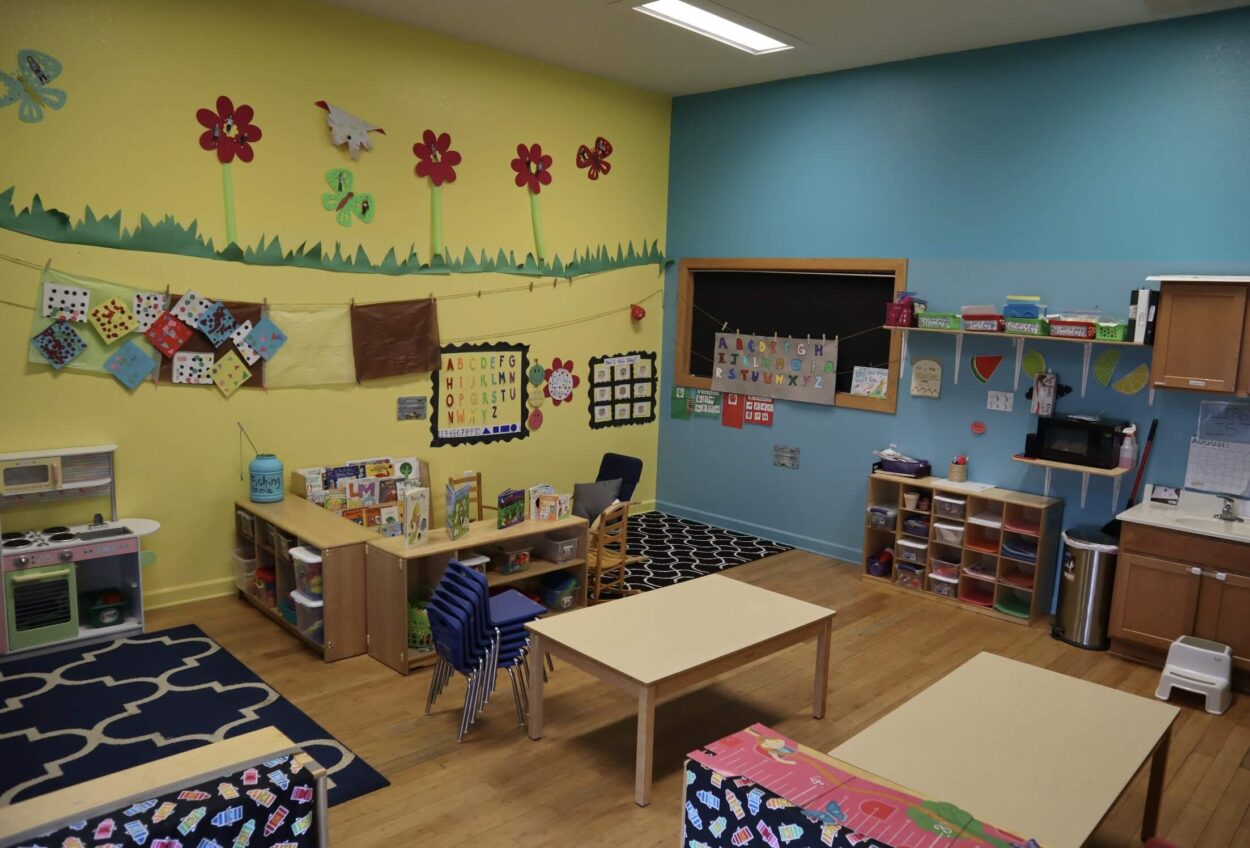
After the children leave for the day and classrooms start to shut down, staff have to vacuum and mop their room, wipe tables, sanitize items in their room, and re-stock products for the new day.
All in all, teachers do much more than just “babysit” children while at preschool. We are teaching them self-help skills, exposing them to basic academics, helping them deal with their emotions, and keeping an eye on their development. It is a draining job, so any appreciation we get from the parents feels amazing and rewarding!
About Lost Items
We PROMISE we didn’t try to lose your kids’ pacifier or one of their favorite mittens.
Items will get lost at daycare. A sock, blanket, toy brought to school, bottle, pacifier. Items just disappear in our world. We do our best to keep track of ALL items brought from home to the daycare but things get misplaced, parents take the wrong items home and other items just vanish. We have many children and items to keep track of.
A big help to us is if you label your items. Many parents end up getting the same supplies and clothes from stores like Target so it’s not uncommon to have the exact same piece of clothing on 3-4 kids. Labeling them makes our job a little easier in keeping things straight.
Additional Things Our Daycare Teachers Do
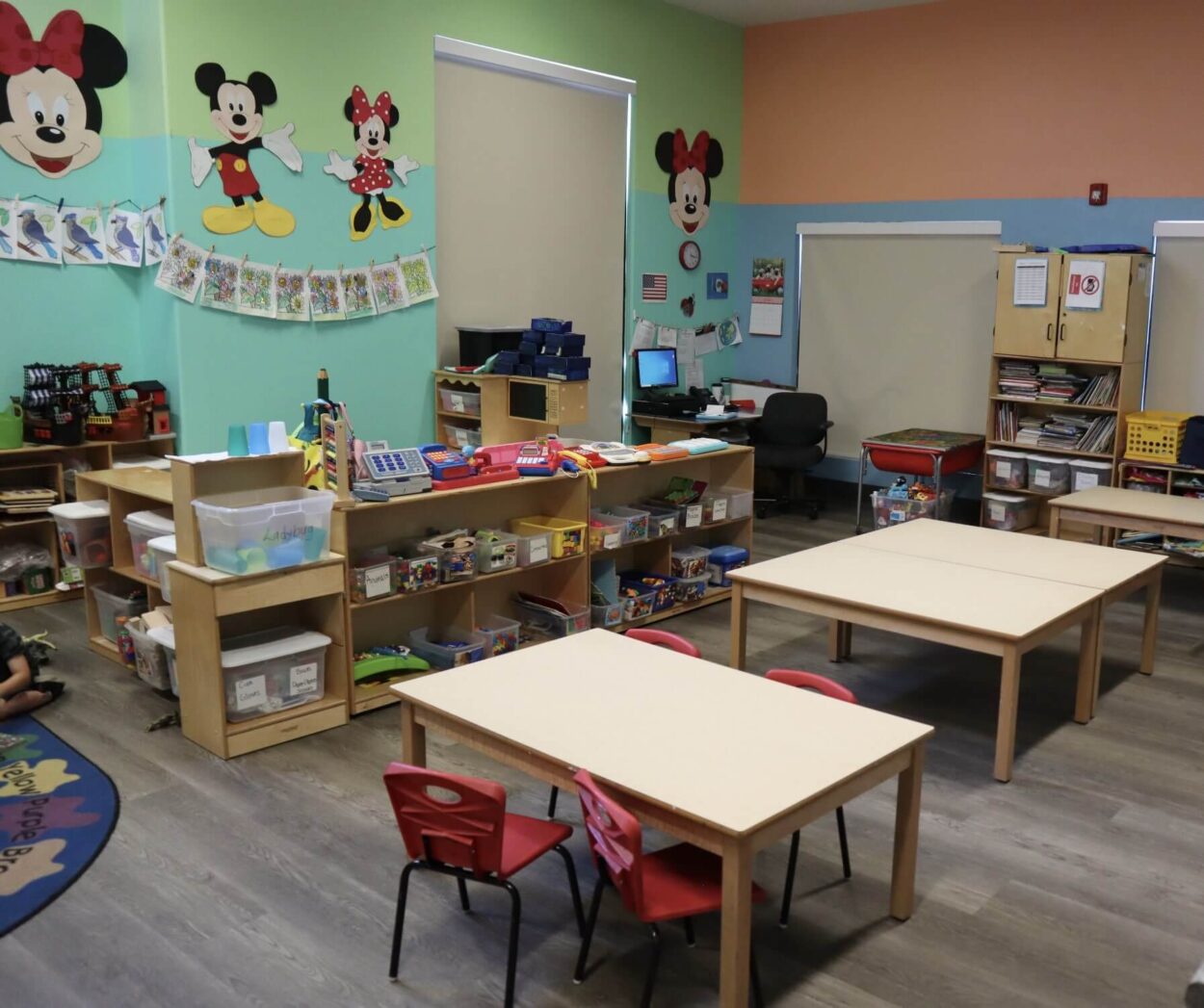
At Cornerstone Academy, our teachers are required to come to work after hours one time per month for a monthly meeting, and we are required to complete 25 hours of continuing education each year. We have to come to work two times per year for parent-teacher conferences. If a teacher brings up a concern about their child, such as developmental delay or speech delay, we hope the parents take the time to look into these matters further since we are bringing up these matters to better assist their child.
Preschool teachers often do not get the credit we deserve when we observe a developmental delay. Early childcare is all about early intervention and that often gets overlooked. Parents often think their child is young and will grow out of the developmental delay until they don’t. A problem we see much too often.
Interested in Working at Cornerstone Academy?
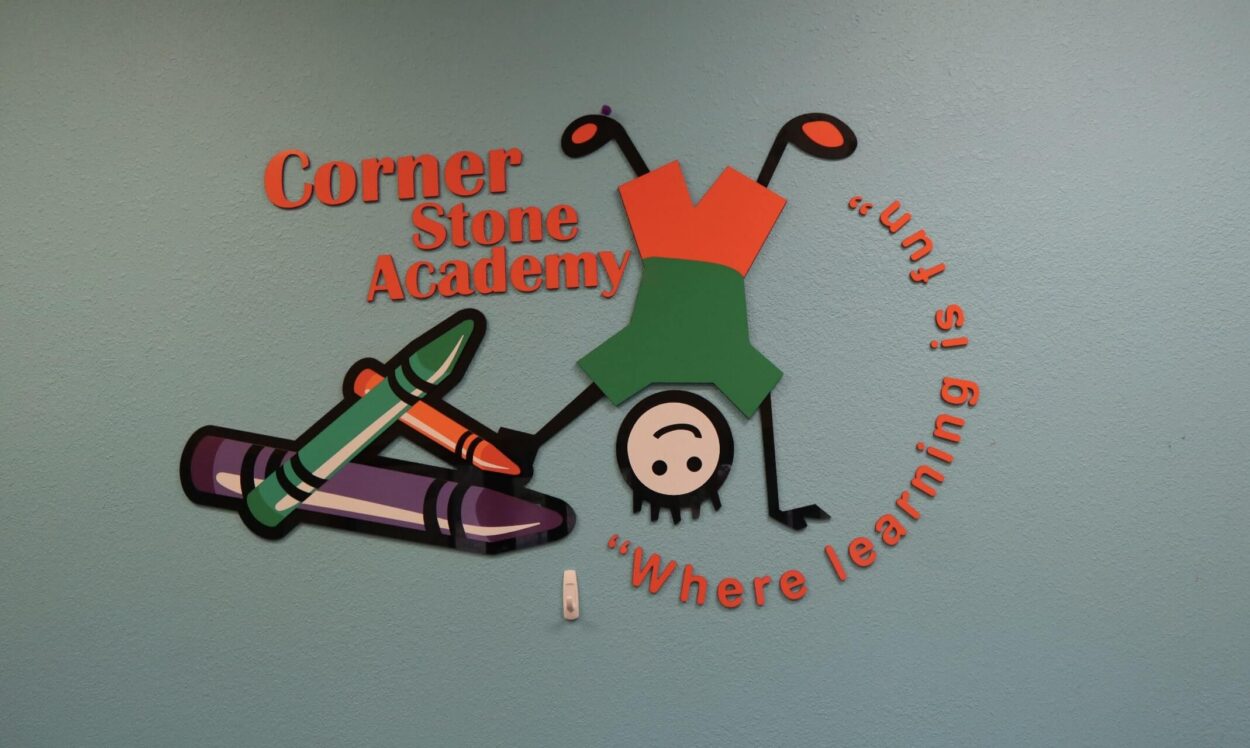
If after reading this blog, you find yourself interested in working with children or wanting to check out Cornerstone Academy specifically, we encourage you to reach out!
There are times when we are hiring due to many different circumstances, while other times we are fully staffed! Keep an eye out for open positions on our “Careers” section of our website. You can also contact us here.
One Final Note
It is helpful to childcare teachers if you are teaching your child independent skills at home such as dressing themselves, asking for help, and bathroom skills. It is difficult for a teacher to assist ALL kids with putting on coats and guiding kids step by step in the bathroom, so anything that you can teach or reinforce at home would be a HUGE help.
We love our jobs as daycare teachers and we hope hearing a little bit about our world will make your interactions with your child’s daycare teachers a little bit easier! Know that we always want what is best for your child and are working to make it the best experience possible for everyone!



